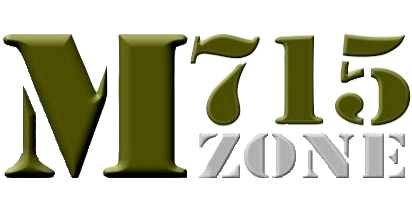This part I get. This is general rule type stuff... Changing final drive ratio whether done by changing ring and pinion, changing tire size, adding OD, or a combo of all of the above will always effect engine RPM. This part is clear as a bell...
This is the where I get confused. Let's apply this to three different vehicles, all with the same driveline from trans to tires. If we assume 4.56 gear ratio, a .73 overdrive final drive trans, and 38" tires, one truck has a 4BT, one with a 6BT, and one with a 6.5 detroit. Wouldn't all 3 engines have different RPM at the 65MPH? Since the calculator uses a small block Chev gasser as it's base example, if I'm I'm correct, what math do we use in conjunction with that calculator to account for the differenmce in engines? If I'm not correct, maybe some more experts can chime in to explain it to my dumb ass, because I'm












 Reply With Quote
Reply With Quote
